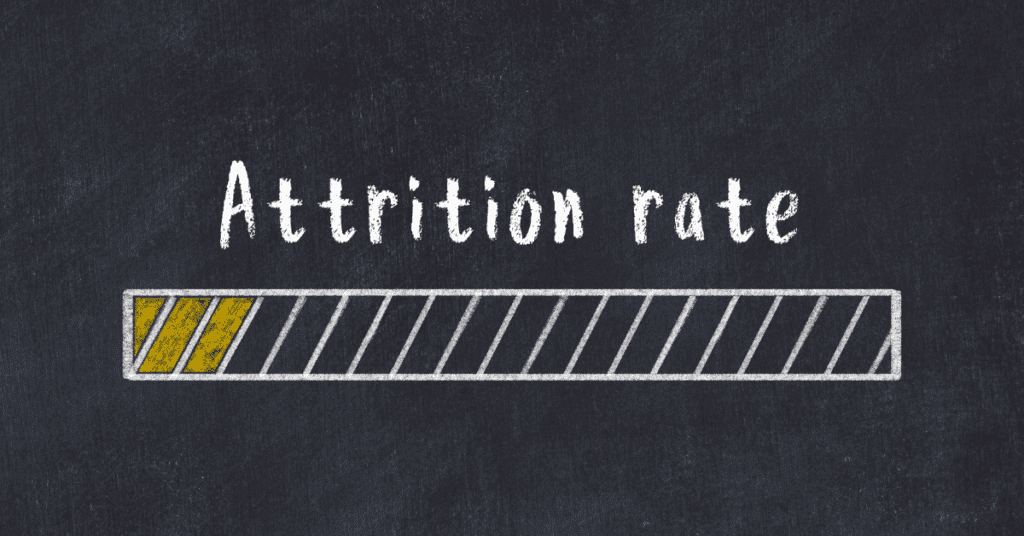One of the major functions of accounting firms is to evaluate past performance and curate strategies based on this historical data. Financial results are important for the overall success of a business – for clients and other stakeholders. Planning and preparing for the future is just as important as taking care of the current books. Shareholders must be reassured that a business has been and will continue to be successful. Financial forecasting is needed to ensure the numbers are transparent and the right decisions are made.
Forecasting in accounting is the process of predicting future financial conditions and performance based on historical data, trends, and assumptions. It allows all businesses seeking support from accounting firms to anticipate revenues, expenses, and other metrics to make an informed decision. Effective forecasting can lead to better resource allocation, risk management, and strategic planning.
Every business is different and that is why it is important to choose a model accordingly. In this case, “one size fits all” doesn’t hold true. Before analyzing what works best for you, let us delve deeper into the different kinds of forecasting models.
Types of Accounting Forecasting Model:
- Quantitative Forecasting Models
- Time series analysis
The time series analysis involves analyzing historical data to help identify patterns and trends for a given time frame. This method is beneficial for forecasting sales, revenues, and other metrics.
- Moving averages: This technique smooths out short-term fluctuations and emphasizes long-term trends. Simple moving averages calculate the average of a fixed number of pointers in the historical data. The weighted moving average focuses on the recent data.
- Exponential smoothing: This forecasting technique gives more weight to the recent observations while still taking into account the historical data. It is effective for short-term forecasting.
- Regression analysis : This forecasting model analyzes the relationship between the independent and dependent variables in the data. It is used to predict the value of a dependent variable based on the values of one or more independent variables.
- Linear Regression: As a part of this model, forecasters assume a straight-line relationship between the variables. It is useful when the relationship between the two becomes consistent over a given period.
- Multiple regression: In this model, there is more than one independent variable, allowing a more comprehensive analysis. This is used to analyze complex forecasting scenarios.
- Delphi method: In this forecasting model, there is a panel of experts who help help provide forecasts independently. The results are then compiled together and the forecasters review the compiled forecasts. This process continues until a common result is reached and accepted.
- Market research: Market research includes collecting data from surveys, interviews, and focus groups to make informed forecasts. This method is useful to understand what the customer wants and what is trending.
- Scenario planning: Scenario planning includes creating multiple possible future scenarios based on assumptions, variables, and past happenings. This method allows businesses to prepare for crises and develop strategies accordingly.
- Econometric model: This forecasting model uses statistical techniques to quantify the relationships between different variables. These are useful in understanding how changes in one variable affect others. For example, when there is a change in the interest rates, it could impact the investments.
- Input-output model: This accounting forecasting model helps analyze the relationships between different sectors of the economy. It is also useful for forecasting the impact of changes in a specific sector or industry on the overall economy.
How to Choose the Best Model for a Specific Business?
- Availability and quality of data: The choice of forecasting model depends on the availability and quality of the historical data and facts. The quantitative data requires robust and reliable data. If the data is devoid of high-quality numbers, qualitative models might be more appropriate for the scenario.
- Forecasting horizon: The duration into the future to which the prediction is happening plays a key role in selecting the right model.
- Short-term: For forecasting being conducted for less than a year, time series analysis and qualitative methods like market research are often effective.
- Mid-term: For periods between one to three years, a combination of time series, regression, and casual model can help.
- Long-term: For periods beyond three years, causal models and scenario planning are better suited. It gives businesses the ability to account for broader economic and strategic factors.
- Business goals and objectives: Context is everything. Understanding the short-term and long-term goals is important to find a forecasting model that suits your business. For example, if the goal is to start a new accounting service line, it is important to conduct market research and use the Delphi model. Similarly, if you are looking to expand the product or service line, you might need to use the time series analysis.
- Complexity and availability of resources: The complexity of a model and the resources needed to implement it play an important role in determining the forecasting model. Simple models like moving the averages are easy to use and interpret. Complex models like econometric models require more expertise and resources who can conduct computation.
- Adaptability and flexibility:
Choose a model that can help adapt to the changing circumstances and include new data as it becomes available. Models that can be updated regularly provide more accurate and relevant forecasts.
Getting started with the right forecasting model – A Checklist
- Define the goals, objectives, and the expected results
- Gather accurate historical data and ensure consistency
- Based on the considerations laid out earlier, choose a model
- Build and validate the model, make changes on the way
- Implement and monitor the model
Effective forecasting not only helps anticipate future financial conditions but also is key in mitigating risks. Choosing the right model is important to make informed decisions that help business success in the long run. As businesses continue to experiment and undergo changes, choosing the right model that fits your business model seamlessly becomes important.
To make the job of forecasting easier, choose outsourcing today. Write to us at connect@finsmartaccounting.com to know how we can help.

Maanoj is Co-founder & Director of Growth Strategy & Alliance at Finsmart Accounting. He is an Outsourcing Expert, a People Champion, and a Dynamic Leader with strong Business Strategy and Scaling-up experience. He has incubated businesses, sold & exited ventures; helped build strong enterprises in very diversified verticals like Fintech, HR & Consulting spaces in various CXO capacities over the last 20 years.









